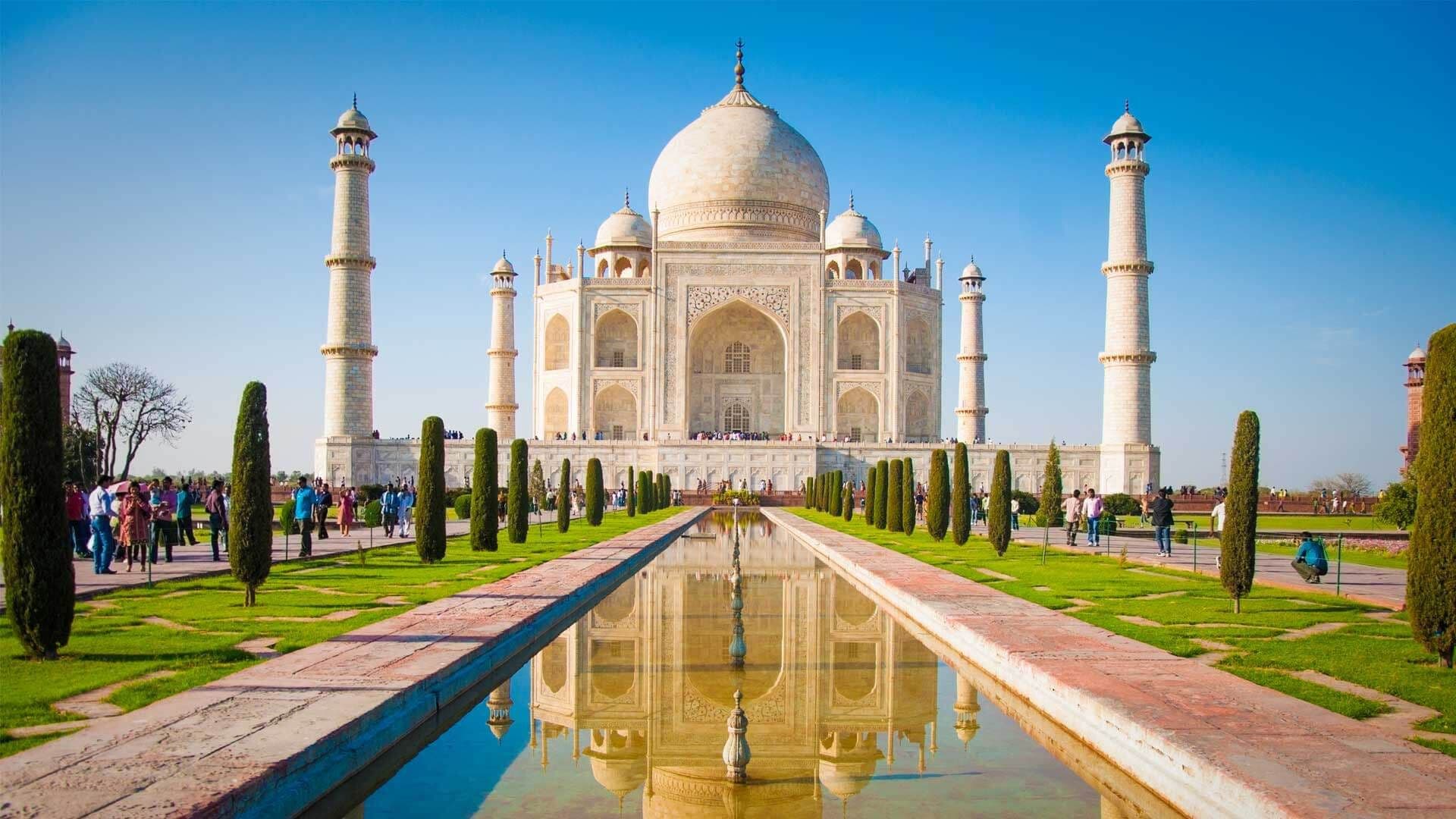Taj Mahal is among the most beautiful architectural masterpieces in the world
Located just outside the city of Agra in the north Indian state of Uttar Pradesh, the Taj Mahal is among the most beautiful architectural masterpieces in the world. A symbol of love and tragedy, the iconic mausoleum was ordered by Shah Jahan, a Mughal ruler, to be built in honour of his wife Mumtaz Mahal. The Taj Mahal was for her to commemorate their marriage and her death in childbirth. It is said his hair had turned grey overnight following the devastation he felt after her death. A year following her tragic death, he commissioned the most beautiful mausoleum on Earth as a testament of his love for her. Referring to the breath-taking site after it was finished, Shah Jahan said that the Taj Mahal made “the sun and the moon shed tears from their eyes.” Tourists from all over the world visit every year to catch a glimpse of the spectacular structure.
Construction began in 1630. A total of about 20,000 workers from India and Central Asia got to work on it. Expert masons, craftsmen, sculptors, and calligraphers were summoned from Persia, the Ottoman Empire, and even Europe to work on the marble screens and inlays which were done with an exquisite collection of semiprecious stones. The complex was finally completed in the year 1653. Sadly, after it was finished, the Emperor was overthrown by his son and lived the rest of his days imprisoned in a cell with a window overlooking his own creation. He died in 1666 and was buried next to his wife in the Taj Mahal.
The magnificent mausoleum was recognized as a UNESCO World Heritage Site in 1983. The site, on the south-west bank of the River Yamuna just outside Agra, has five main structures which are the Darwaza (main gateway), the Bageecha (garden), the Masjid (mosque), the Naqqar Khana (rest house), and the Rauza (mausoleum), where the tomb is located. The architectural style is the main attraction at the Taj Mahal. It is a unique combination of Persian, Central Asian, and Islamic architecture. Highlights include the black-and-white marble checked floor, the four spectacular minarets at the corners of the mausoleum’s plinth standing at 40 metres high, and the surreal middle dome.
Easily considered a true work of art, there are a range of fascinating optical effects that can be spotted throughout the building. For example, the lettering of the Qur’anic verses around the archways appears to be uniform in height no matter how far it is from the ground. That illusion is beautifully done by working with the spacing between the letters and increasing them as needed. The pietra dura artwork includes very intricate geometric elements as well. In some places within the decorations, there are more than 50 inlaid gemstones in a space as small as 3 cm. Take your time to examine the small details and you will not be disappointed.
